You can hit the target audience and find potential readers effortlessly. All you need is to be aware of the visual elements of the fantasy book cover design. It will help you stand out among other writers in your genre, and more readers will turn their attention to your books because of their eye-catching cover.
So, what’s the magic formula?
This article will share some essential ideas on the fantasy book cover design and comment on what is vital for every subgenre. You’ll also see great examples of illustrated and custom covers to understand better what we mean.
Fantasy book cover design tips
Fantasy is a genre where you can implement all extraordinary ideas in book cover design. Although some features make the fantasy book cover design different from covers in other genres, it opens ample space for creativity.
What are the three pillars of fantasy book cover design?
- Typography, particularly serif fonts with elegant curls
- Color scheme, including bright hues, gradients, and various effects
- Imagery, for example, strong main characters, magic artifacts, and mythical creatures.
Let’s learn these essential elements in more detail.
Typography
Fonts perform a specific role in fantasy book cover design. You can use them to indicate a subgenre and create a unique mood. Serif, Gothic, Baskerville, or Trajan are the faultless choice if you want to hit the target audience.
What is more, the size and color of typography account for the overall design? You may use the upper and lower case or capitalization. The color of the title should match or contrast the entire palette.
If you want to learn more about effective fantasy book cover typography, check out our article Fantasy Book Cover Fonts: Professional Tips.
Color scheme
What are the winning colors in a fantasy book cover design?
As the unreal or supernatural world is a focal point of the genre, designers can experiment with saturated, bold colors. Their combination or creation of the color gradients boosts the mood of the book cover design and draws attention.
Additionally, you can choose one color and experiment by mixing its tints and shades.
By the way, you can communicate with your readers using color. People generally endow them with some meaning:
- Blue conveys consciousness, faith, and truth.
- Purple is linked to the mystery.
- Red refers to courage, passion, or danger.
- Green is associated with renewal and balance.
Good color use is an essential element of great book covers. You can read more about color in How to Master Color Theory in Book Cover Design.
Imagery
Last but not least, the imagery of the fantasy book cover comprises several essential aspects.
- It portrays the protagonist with fireballs and lightning to convey the superpower and appeal to magic.
- You can depict supernatural phenomena to let the readers know about your genre.
- You should use a specific background to tell about the subgenre. For instance, it’s good to depict the city’s scenery for urban fantasy; castle and swords – for high fantasy, superpower – for paranormal fantasy romance, etc.
It’s as simple as it sounds for other genres, too. Find it out in Fiction Book Cover Design: The Definitive Guide.
Best examples of the fantasy book cover design in different subgenres
Now it’s time to look at the vivid examples of the fantasy book cover design and determine what makes them prominent.
I’m going to guide you to the world of its subgenres, where we’ll regard elements and peculiarities of urban, young adult, paranormal, sci-fantasy, and epic fantasy book covers.
All these covers have lots in common, but there are some apparent distinctions you should know when working on the concept of your book design.
Let’s dig in and find out the differences between book covers in fantasy subgenres.
Urban fantasy book cover design
Urban fantasy shows the supernatural and magic elements intertwined with urban life. They are the focal point of novels and stories with a plot set in the contemporary, natural world.
How can you help the reader recognize this subgenre?
You can show them on the cover, so your audience will be sure they’ll dive into the world of urban fantasy in your book.
Book cover design by Miblart
All the covers depict protagonists in the urban environment. Thereabout, flashes, fireballs, and lightning bolts tell the reader fantasy.
Young adult fantasy book cover design
Young adult fantasy refers to the audience from twelve to eighteen years old. The subject matter of this subgenre is the experience and age of the protagonist combined with magic. The authors usually write about essential topics for teenagers, such as first love, friendship, identity, etc. For this reason, designers reflect these elements on the young adult fantasy book covers.
Book cover design by Miblart
As we can see, the design focuses on either imagery of eye-catching typography. In addition, designers implement a wide range of colors, often opting for saturated ones. As a result, the feel of the unreal or magic world is not always apparent. Yet, its presence is conveyed through sparkles, glows, gleams, and shine.
Paranormal fantasy or paranormal romance book cover design
Paranormal fantasy, also known as paranormal romance, mix and mingle with romantic stories, metaphysics, and mystic phenomena. The designer may use specific colors or imagery elements to display them on the cover design.
Book cover design by Miblart
These covers include wings, elf-like ears, thunder with lightning, full moon, and werewolf. All of them hint at the supernatural world intertwined with a love story.
Sci-Fantasy book cover design
Readers can find out about speculative things in science fiction fantasy. Authors explain them as advanced technologies and present them as mythical and magical.
Book cover design by Miblart
In this realm, designers use a combination of magic and technologies to create covers in this subgenre. They add splashes of light, advanced human power, and the magical effect of machines on the world of fantasy to convey the story written in the novel.
High fantasy or epic fantasy book cover design
High fantasy, also called epic fantasy, is about the alternative, fictional world with its order, rules, and magical elements.
Book cover design by Miblart
Designers expose the mood of epic fantasy by applying beautiful typography. The fonts, in their turn, symbolize heroism and confrontation between good and evil. However, the choice of imagery differs. Either the single protagonist or several main characters are in the foreground. And as you may see in one of the examples, a big animal intrigues and draws attention.
If you want to learn more about effective book cover design, check out our article How to Design a Book Cover: the Only Guide You Need.
Conclusion
At last, you can use these fantasy book cover design ideas to stand out among the competitors in your genre. When you know what design elements draw the attention of your target audience, it’s easier to create a cover that induces readers to buy your book.
Let us know your opinion in the comments.
Enjoy self-publishing!

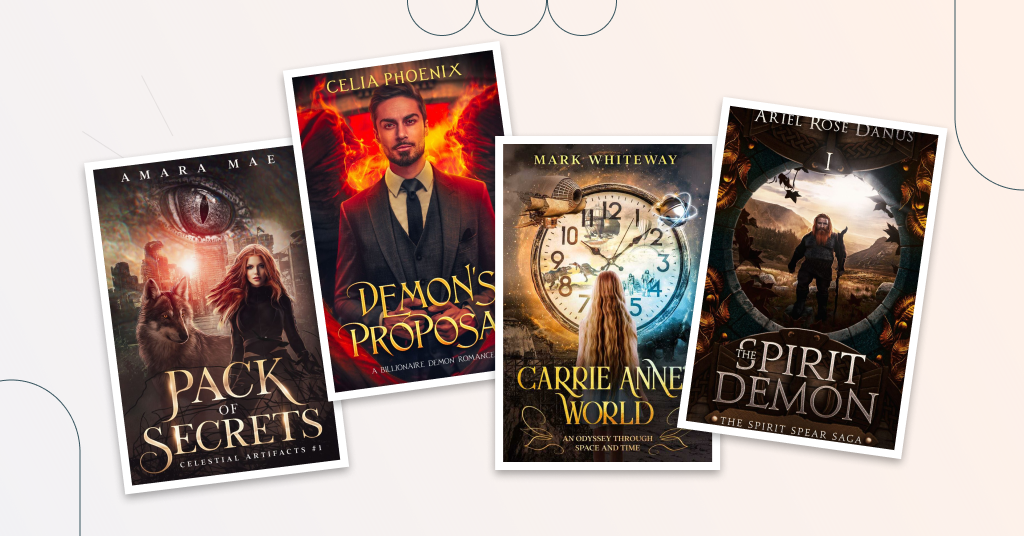
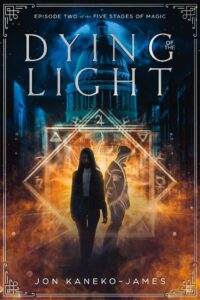

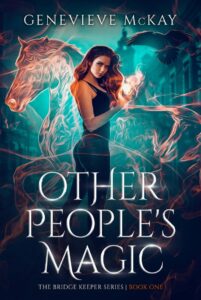



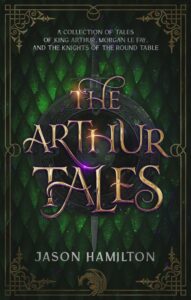
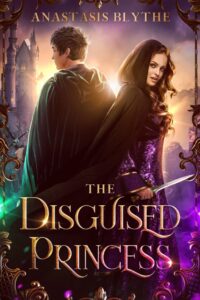
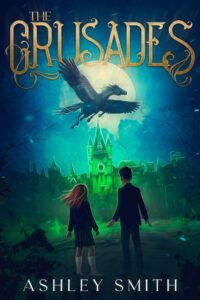
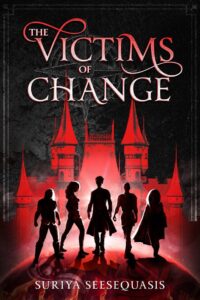

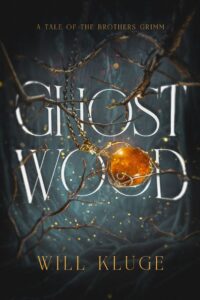
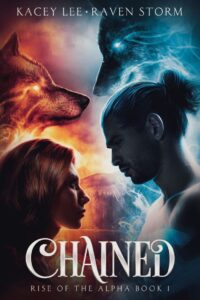

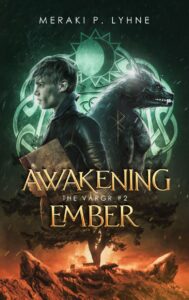
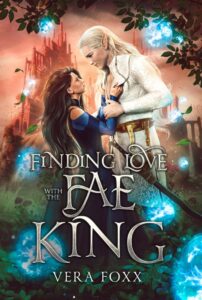

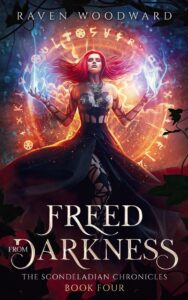






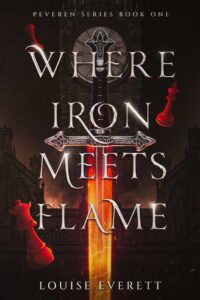
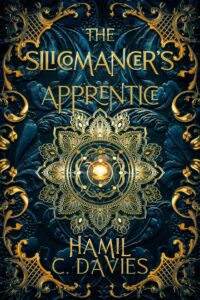
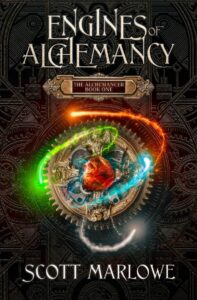


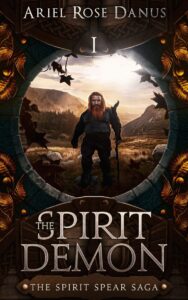


What makes the reader look at the book and think “That looks funny.” What color says humor? How do you say, “this is humor, action, urban, fantasy, paranormal.”
The trick is to find a good balance between the images, fonts and colors if you’d like to make a book cover funny. Most of the time, the designers concentrate on imagery and typography to hint at humor. Color palette, on the other hand, can be used to represent the sub-genre of your book (action, urban, fantasy, paranormal).
Dobre den! Thank you for your reply. I have found when you write with humor it makes everything more difficult. There are some people who never laugh. I wish you had responded sooner. I was looking at miblart to do a cover and some other services, but I stopped getting emails . I just signed the contract with someone else for the cover of my book. I hate that, because I have been doing research on Ukraine and think I have a story idea based in Kiev. Also the food looks wonderful. I have never eaten borscht.
Hope in the future we’ll get a chance to work on your book covers as well.
And you should definitely try borscht, it’s absolutely delicious 🙂
Hi there, I am wondering who wrote this article as I want to cite it properly in an essay I’m writing? Thanks!
Hello! The article was written by Volodymyr Volianiuk